
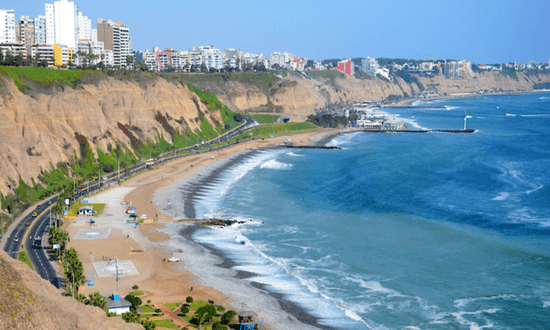
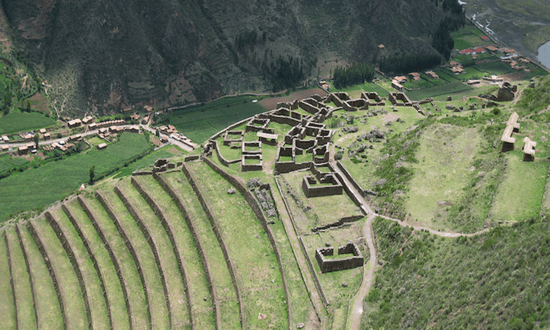
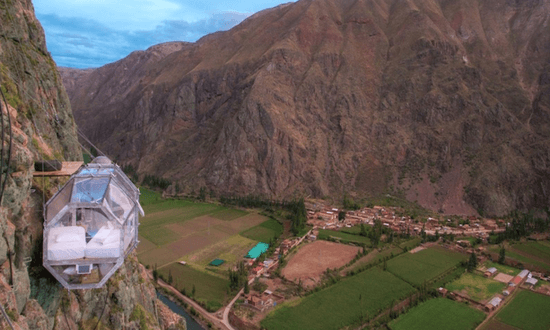
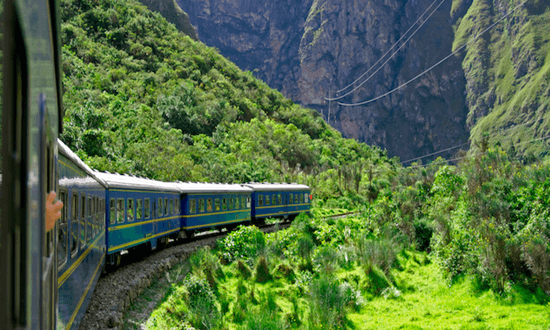
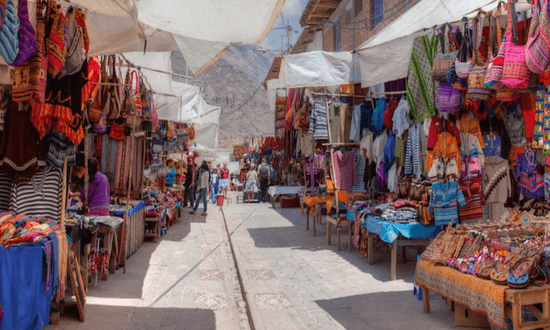
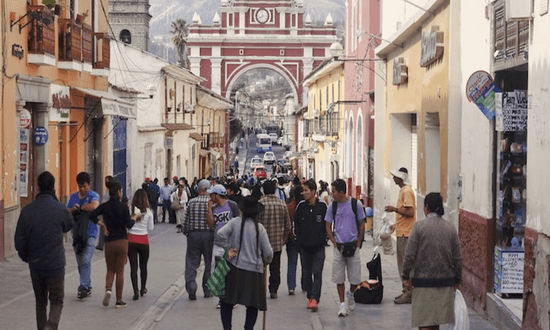
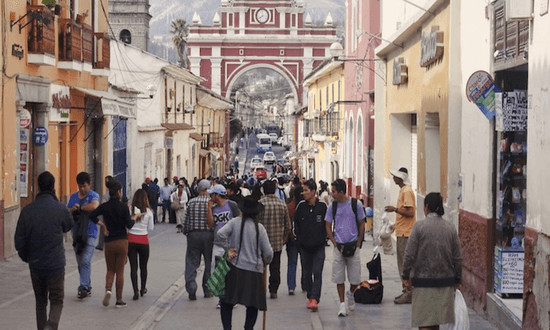
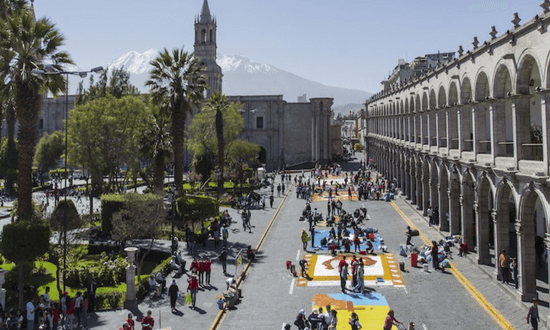
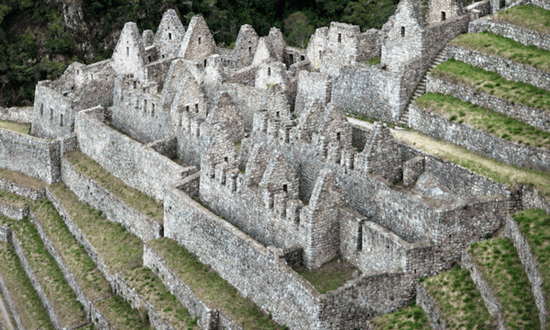
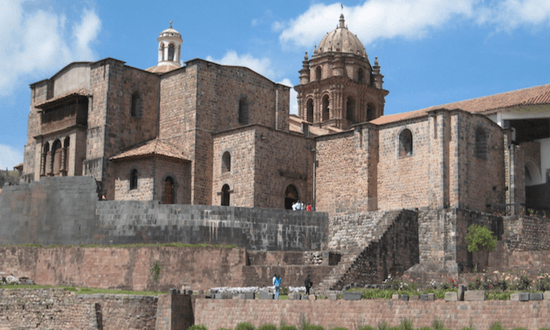
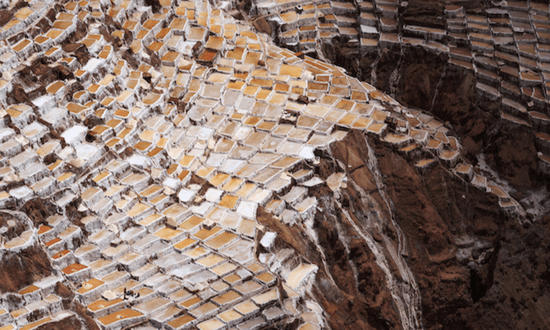
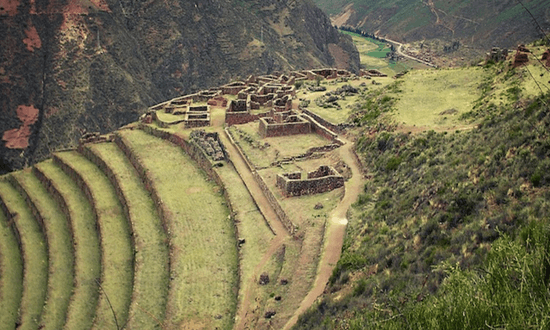
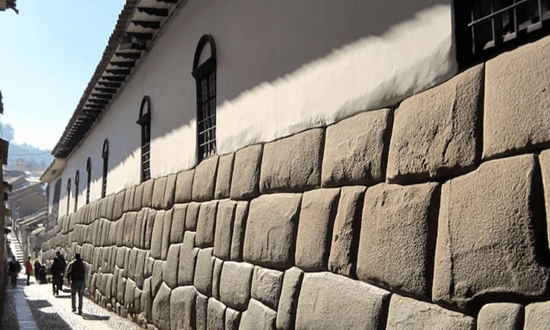
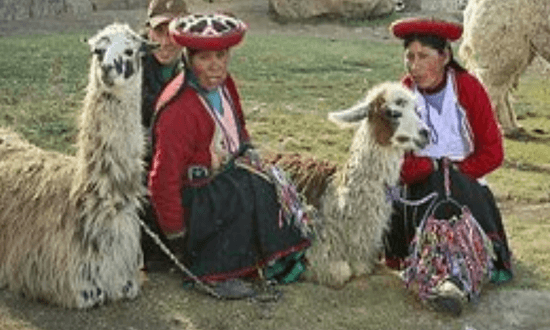
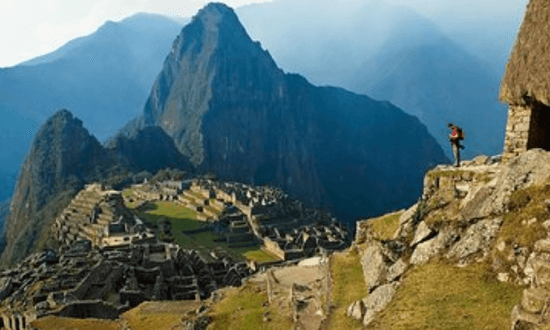
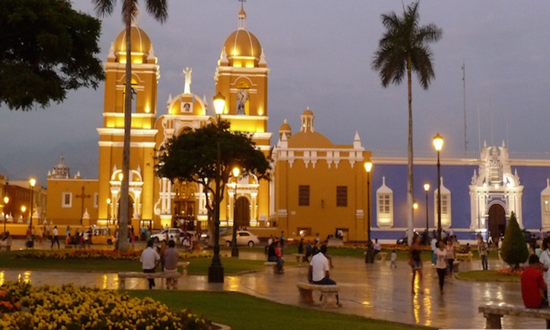
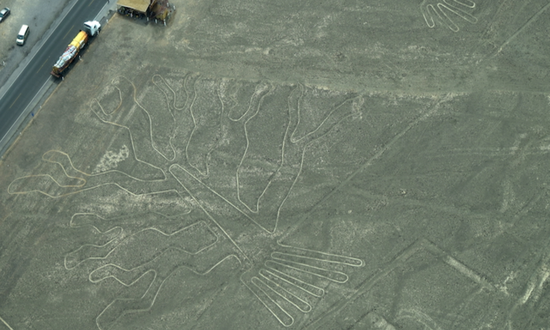
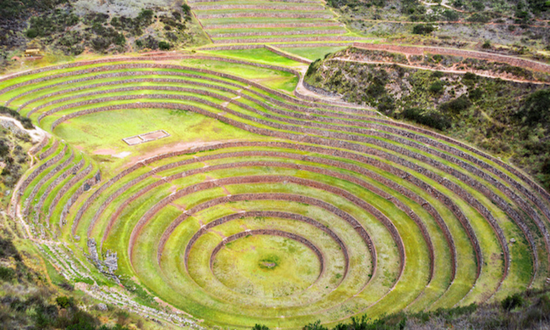
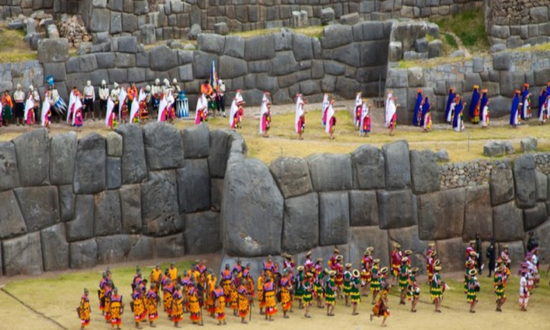
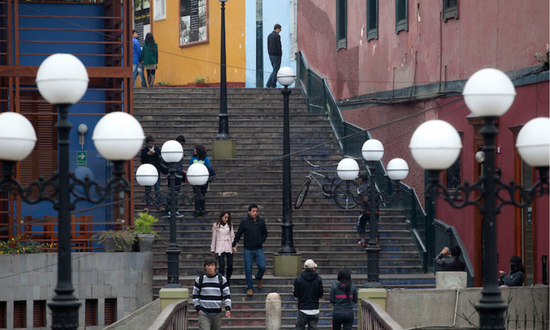
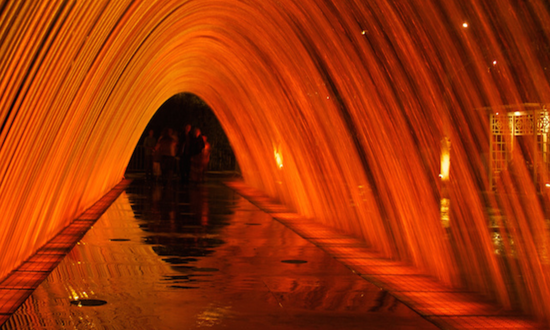
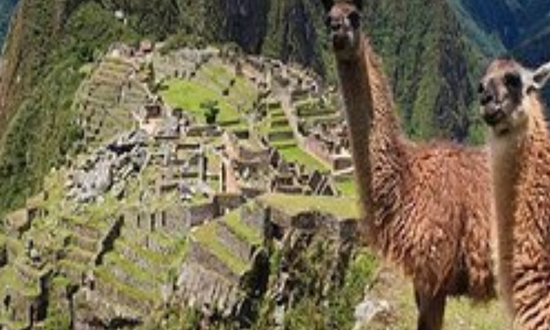
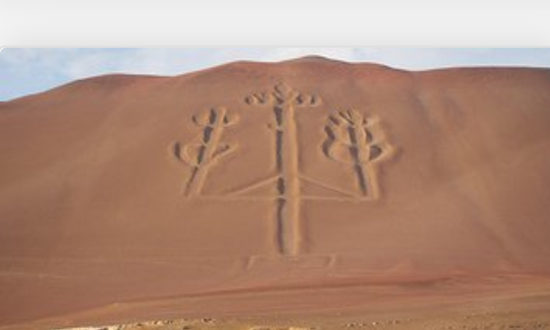
The Inca civilization arose from the highlands of Peru in the early 13th century. Starting from 1438, they began conquering lands surrounding the Inca heartland of Cuzco, creating the largest empire in pre-Columbian America. The coming of the Spanish conquistadors in 1532 marked an end to the short-lived Inca Empire. What remains of their civilization is limited as the conquistadors plundered what they could. But visitors can still gain an appreciation of how advanced the Inca were from the amazing ancient Inca ruins found in the highlands of South America. No matter what you value, nobody has more ways to help keep it safe. The most beautiful and impressive ancient Inca ruins in the world, Machu Pichu was rediscovered in 1911 by Hawaiian historian Hiram after it lay hidden for centuries above the Urubamba Valley. The "Lost City of the Incas" is invisible from below and completely self-contained, surrounded by agricultural terraces and watered by natural springs. Although known locally, it was largely unknown to the outside world before being rediscovered in 1911. Since then, Machu Picchu has become the most important tourist attraction in Peru. Built around 1450 for the Emperor Pachacuti, the palace was abandoned a century later. Miraculously, the site escaped the plundering and destruction of the Spanish conquistadores who destroyed everything Inca they could get their hands on. What makes Machu Picchu so special? For one thing, it's the most preserved remains of the once-mighty Inca Empire. Sitting at the 2,430-meter (7,970-foot) level of Machu Picchu (Old Peak) Mountain, the site is stunningly, hauntingly beautiful.
Over the centuries, the site became overgrown with vegetation. Few outside the local area even knew of its existence. The lost city of the Incas remained untouched until 1911. That's when Hiram Bingham, an American historian and explorer, visited, en route home from a conference in Chile, the region looking for Inca ruins.
This fortress in the clouds is one of the best examples of Incan architecture, built at a time when the Incas were at their height. Structures are built of stone, which is not unusual for this time frame anywhere in the world. What makes Machu Picchu an engineering marvel, however, are these stones and rocks were fitted together without the use of mortar. The rocks fit together so tightly, a knife blade cannot be inserted between them. The stone construction blends in perfectly with the surrounding mountains.
Machu Picchu is laid out in sections. There's an urban section and an agricultural section, an upper old town where the temples are located and a lower new town where warehouses can be found. Altogether, about 200 buildings can be found at Machu Picchu.
One of the most spectacular remains is the Temple of the Sun that majestically overlooks the Urubamba River, which surrounds the site on three sides, and the Sacred Valley below. This is another engineering marvel, one that has astrological overtones. At the summer solstice, the sun shines through a temple window, in perfect alignment with the boulder the temple is constructed around and a mountain peak. Another remarkable elements is a ceremonial stone known as the Intihuatana stone, which was situated within a precise location that perfectly aligns with the two annual equinoxes.
Machu Picchu is, however, more than a palatial estate for Incan rulers. Because of its strategic location, it may have been a military stronghold. It also may have religious connotations because of the temples where human sacrifices to appease the gods were made. Not all the sacrificed people were given proper burials, and their remains have been found at the site. Historians today continue to study Machu Picchu, hoping to unearth more of its mysteries. The biggest question remains why the Incas built Machu Picchu. This may remain one of the biggest unsolved mysteries because the Incas had no written language.
Travelers flock to Cusco because it's the jumping off place to explore Machu Picchu, one of the world's archeological wonders. But this Peruvian city high in the Andes Mountains shouldn't be bypassed. As the historic capital of the Inca Empire it's a great place to learn about the Incan culture, adding a new dimension to the Machu Picchu experience. Considered the center of their universe by the indigenous Incas, Cusco is a beautiful city with numerous historic sites just waiting to be explored. Spanish colonial buildings and ancient Inca ruins are just some of the top tourist attractions in Cusco:
Most people know the Incas were great builders, but many travelers may not be aware they were also great astronomers. They defined constellations, and even constructed Cusco's main streets so they would align with the stars at various times during the year; Cusco was, after all, the center of their universe. Visitors can learn what constellations were important to the Incas and how the stars ruled their lives during nightly tours. There is also the chance to look up at the beains throu nowerfuka
Every year on June 24, Cusco hosts the second largest festival in South America when it celebrates the Inti Raymi Festival. This Festival of the Sun originated centuries ago to celebrate the winter solstice, which is in June in the southern hemisphere. The festival was banned after the Spanish conquered the Incas, but returned in the mid-20th century. Today, Peruvians wear traditional costumes to celebrate with dancing and parades, but mass sacrifices are no longer carried out, as the Incas re-enact their life in its heyday. The colorful scene takes place at Sacsayhuamán just outside Cusco.